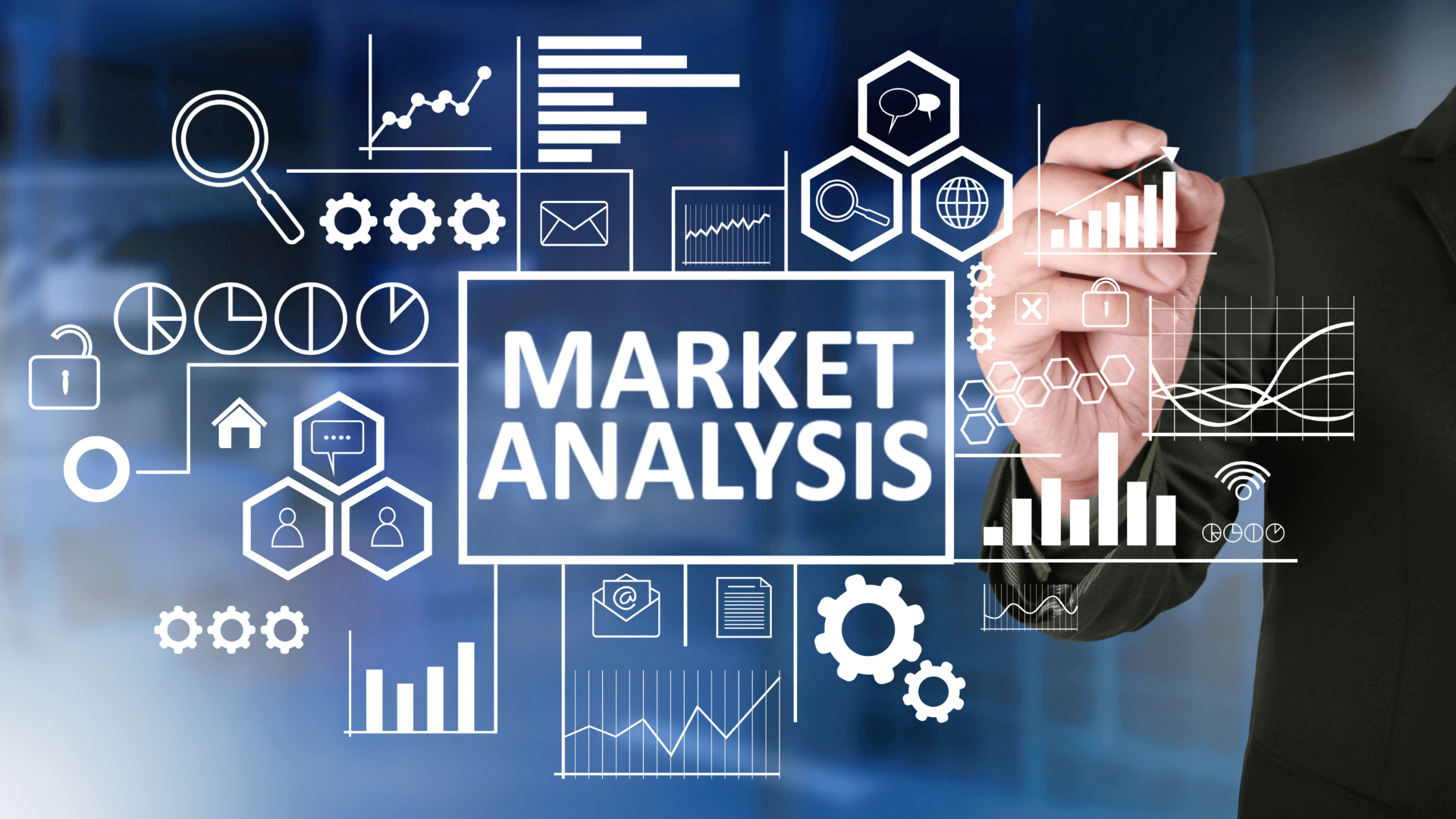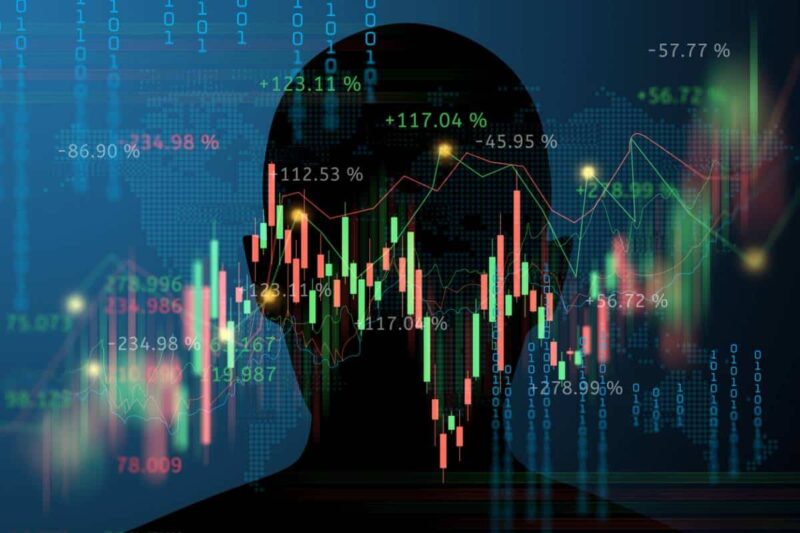As we stand on the precipice of a new era in dom trading, the landscape is shifting in ways that promise to redefine the future of this vibrant sector. Gone are the days of traditional methods that favor consistency over creativity; the horizon is now illuminated with a kaleidoscope of innovations poised to disrupt the status quo.
From the integration of artificial intelligence and blockchain technology to the rise of decentralized finance, the trends emerging in this domain are as varied as they are exhilarating. Market participants are not just witnessing change; they are becoming architects of a new trading paradigm.
As we delve into the key developments on the horizon, its essential to explore how they will shape strategies, empower traders, and ultimately redefine the very essence of what it means to engage in dom trading. Embrace this journey as we unravel the potential that lies ahead and the innovations poised to reshape the future.
The Rise of Algorithmic Trading

The rise of algorithmic trading has fundamentally transformed the landscape of financial markets, ushering in an era marked by unprecedented speed and efficiency. With algorithms propelling execution times to fractions of a second, traders can now react to market movements that would have previously escaped human observation.
Yet, the allure of algorithmic trading extends beyond mere speed; it leverages vast amounts of data and complex mathematical models to identify patterns and predict price changes with uncanny accuracy. This sophistication gives institutional investors a formidable edge, but it also democratizes trading for retail investors who can access advanced algorithms through various platforms.
As artificial intelligence continues to evolve, the convergence of machine learning with trading strategies is set to drive further innovations, making it imperative for traders to adapt swiftly or risk being left behind in a labyrinth of digital complexity.
Big Data and Market Analytics

In the rapidly evolving landscape of domestic trading, the integration of big data and market analytics has emerged as a game-changer, shifting paradigms and redefining strategies. Traders can harness vast pools of data—from consumer behavior patterns to economic indicators—allowing them to make informed decisions with unparalleled precision.
Imagine the power of real-time analytics: visualizing market trends as they emerge, identifying pivotal shifts before they sweep through the market, and adjusting strategies in the blink of an eye. Moreover, advanced machine learning algorithms sift through mountains of information, revealing correlations and insights that might elude even the most seasoned traders. Yet, with this wealth of data comes the challenge of distilling it into actionable intelligence, requiring not just technological prowess but a keen understanding of market dynamics.
As we look to the future, the successful trader will be one who not only embraces big data but also navigates its complexities with agility and foresight.
AI and Machine Learning Innovations

In the dynamic landscape of dom trading, AI and machine learning innovations are revolutionizing the way traders make decisions. Imagine algorithms that not only analyze vast datasets in the blink of an eye but also learn from the ebb and flow of market trends with remarkable agility.
These advanced systems can identify patterns that even the most seasoned traders might overlook, predicting price movements and potential risks with astonishing accuracy. As real-time data streaming becomes more prevalent, machine learning models will adapt and refine their strategies, offering personalized insights based on individual trading behaviors.
Moreover, the integration of natural language processing tools will allow traders to gauge market sentiment from news articles and social media, ushering in a new era of informed trading. As these technologies continue to evolve, they promise to not only enhance the precision of trading strategies but also democratize access to sophisticated trading tactics, leveling the playing field for both novices and experienced traders alike.
Conclusion
In conclusion, the landscape of Dom Trading is set to undergo significant transformations driven by emerging trends and innovative technologies. As market dynamics shift and the demand for sophisticated trading strategies increases, both retail and institutional traders will need to adapt to new tools and platforms that enhance efficiency and decision-making.
Through advancements in artificial intelligence, data analytics, and blockchain technology, traders can expect to gain deeper insights and improved execution capabilities. By staying informed about these developments and embracing a forward-thinking approach, traders can position themselves for success in an evolving marketplace.
The future promises to be dynamic and full of opportunity for those ready to innovate and engage with the changes ahead.


